AngelRiders Bicycle Across Connecticut to Help Children with Life Threatening Diseases
/AngelRiders will pedal from the northwest hills of Connecticut down to the Mystic shoreline — totaling 135 miles over a two day stretch. It is a charity bike ride like no other, according to organizers, with the goal to raise money to support children who are battling life threatening diseases.
More than 300 riders from across Connecticut are expected to participate in the 12th Annual AngelRide (#AngelRide #NeverStopClimbing), which will be held over Memorial Day weekend. Adult riders have the option to participate in a one or two day trek, May 23 and 24. There are also shorter rides for teens and children on Sunday.
The charity ride — named for Angela "Angel" Uihlein of Westbrook — began in 2004 with 32 riders raising $67,000. Angela was diagnosed with leukemia at the age of 12 and attends the ride each year with her family. She has been in remission since the ride started and is now a registered nurse.
Growing steadily year after year, AngelRide has raised $4.6 million to benefit the Hospital Outreach Program (HOP) run by the Hole in the Wall Gang Camp in Ashford. HOP brings the hopeful, playful spirit of camp to children and families in a hospital setting. In 2014, HOP covered 39 hospital sites in Connecticut Massachusetts, New Jersey, New York, Pennsylvania and Rhode Island, where 28 specialists made nearly 32,000 hospital visits to sick children in need of joy and laughter.
“There is no other bike challenge like this one,” said Lynn McCarthy, AngelRide co-founder of Lyme. “We have been able to grow primarily by word of mouth because of the amazing experience it offers. We pay attention to the details, serve great food along the way and provide an overnight adventure at the Hole in the Wall Gang Camp.” AngelRide is the only organization that has been granted the privilege to stay overnight at the camp.
 Connecticut riders return year after year to the AngelRide — some to ride and some to volunteer for the statewide event. Westbrook resident Dan Shapiro was the first rider to register in 2004, and he has been participating in the AngelRide every year since. “I couldn’t imagine Memorial Day weekend without AngelRide,” said Shapiro. “The spirit of this ride is off the charts. We are all trying to do something bigger for the kids.”
Connecticut riders return year after year to the AngelRide — some to ride and some to volunteer for the statewide event. Westbrook resident Dan Shapiro was the first rider to register in 2004, and he has been participating in the AngelRide every year since. “I couldn’t imagine Memorial Day weekend without AngelRide,” said Shapiro. “The spirit of this ride is off the charts. We are all trying to do something bigger for the kids.”
West Hartford resident Keith Knowles has been involved with AngelRide for the last 10 years, either as a rider, volunteer or web site developer. This year, his 8-year-old daughter Emily will become an AngelRider. “I am going to ride six miles because I had a sister who passed away from cancer when she was only 5 years old. She is my motivation and inspiration for doing this,” said Emily.
Knowles sees the ride as a metaphor for the journey of sick children. “The hills we face are nothing compared to the hills the kids face. I'm not a cyclist. I don't train too much. Pedaling through the climbs one slow churn at a time and reaching the finish line is humbling experience. I know it's not nearly as difficult as battling cancer or some other life threatening disease,” he said.
There are many options for AngelRiders:
- Two-Day Ride: Ride 135.4 miles across Connecticut over the course of two days. The two-day ride begins in Norfolk, and extends 85 miles to the Hole in the Wall Gang Camp in Ashford.
 Day two begins at camp and ends 50 miles away in Mystic.
Day two begins at camp and ends 50 miles away in Mystic. - One-Day Ride: Sunday only, ride 50 miles from the Hole in the Wall Gang Camp to Mystic.
- Young Adult AngelRide: For ages 11-14, this 22-mile ride begins in Hopeville State Park on day two and ends in Mystic.
- Young AngelRide: For ages 7 to 11, this is a 6.5 mile ride in Mystic.
Southington resident Tom Wood looks forward to ride each year and continues to recruit new people to either ride or volunteer. This year will be his eighth year as an AngelRider, which he does in honor of his brother who died of leukemia. “This is a great way to recharge your batteries. We have such an amazing and beautiful state. And it is not flat, so this is really a great challenge to undertake.”
“The renewal of body and spirit is exactly what the Hole in the Wall Gang Camp and HOP brings to a child with a life threatening condition,” said Dr. Brad Jubelirer, Assistant Clinical Professor of Pediatrics, UCONN School of Medicine in Farmington.
To find out more or to register for AngelRide, visit www.angelride.org . Registration remains open and encouraged; volunteers and donations are also welcome.
https://youtu.be/-r95hwj8DIw



 S. approximately 48 people will have a cardiac arrest event outside of the hospital. Nine out of ten people will not survive. However, if lifesaving CPR is performed, a victim’s chance of surviving can double, or even triple, according to the American Heart Association.
S. approximately 48 people will have a cardiac arrest event outside of the hospital. Nine out of ten people will not survive. However, if lifesaving CPR is performed, a victim’s chance of surviving can double, or even triple, according to the American Heart Association. national initiative.
national initiative.



 Among the students participating in the project were William Pritchard, interaction design and project management; Somaiyeh Ghaffarnia, animation and character development; Sean Dexter, 3D animation; Kevin Richetelli, 2D animation; Samantha Menza, game design; Tom Lee, game design and music composition; and Tiffany Hoang, game design. Prtichard and Ghaffarnia began working on the project as undergrads and continued while pursuing their graduate degrees. The other students were undergrads.
Among the students participating in the project were William Pritchard, interaction design and project management; Somaiyeh Ghaffarnia, animation and character development; Sean Dexter, 3D animation; Kevin Richetelli, 2D animation; Samantha Menza, game design; Tom Lee, game design and music composition; and Tiffany Hoang, game design. Prtichard and Ghaffarnia began working on the project as undergrads and continued while pursuing their graduate degrees. The other students were undergrads.
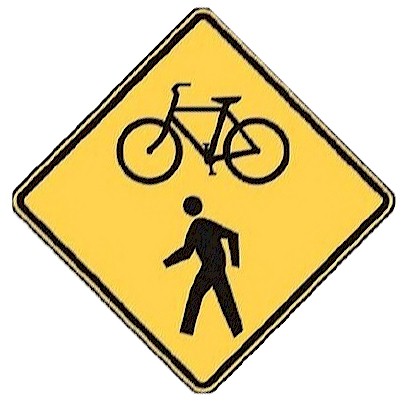
 motorized transportation networks and safety. Communities that routinely collect walking and biking data, they point out, are better positioned to track trends and prioritize investments.
motorized transportation networks and safety. Communities that routinely collect walking and biking data, they point out, are better positioned to track trends and prioritize investments.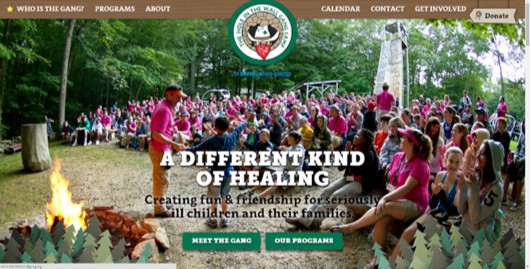
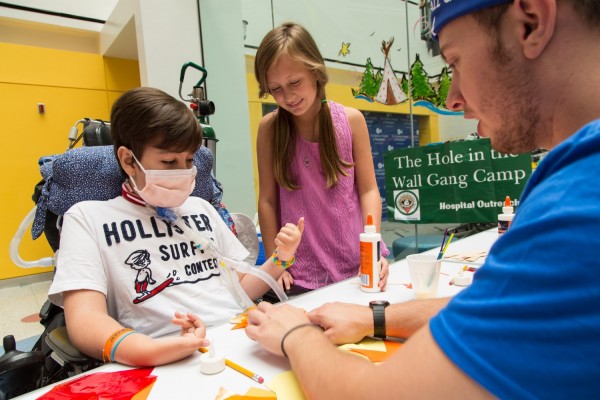
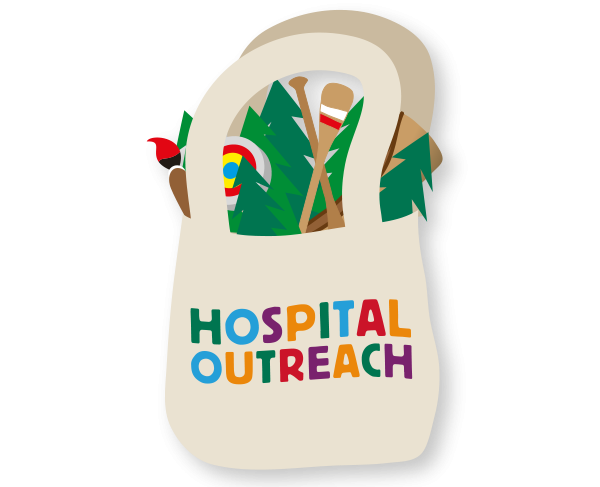 ll, there were “approximately 800 healing experiences with children and families throughout the week, bringing the safety, respect and love of Camp to many families” in Philadelphia.
ll, there were “approximately 800 healing experiences with children and families throughout the week, bringing the safety, respect and love of Camp to many families” in Philadelphia.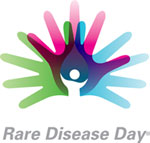

 iagnose, treat, and ultimately, cure NEC. Named after Morgan, it celebrates his survival, courage and strength. Morgan and his twin brother were born at 28 weeks, nearly three months early and each weighing less than 2.5 pounds. At four days old, Morgan developed NEC and lost approximately 20 percent of his small intestine. Morgan not only survived but has also thrived since his bout with NEC. The fund is his family’s way of paying it forward.
iagnose, treat, and ultimately, cure NEC. Named after Morgan, it celebrates his survival, courage and strength. Morgan and his twin brother were born at 28 weeks, nearly three months early and each weighing less than 2.5 pounds. At four days old, Morgan developed NEC and lost approximately 20 percent of his small intestine. Morgan not only survived but has also thrived since his bout with NEC. The fund is his family’s way of paying it forward.
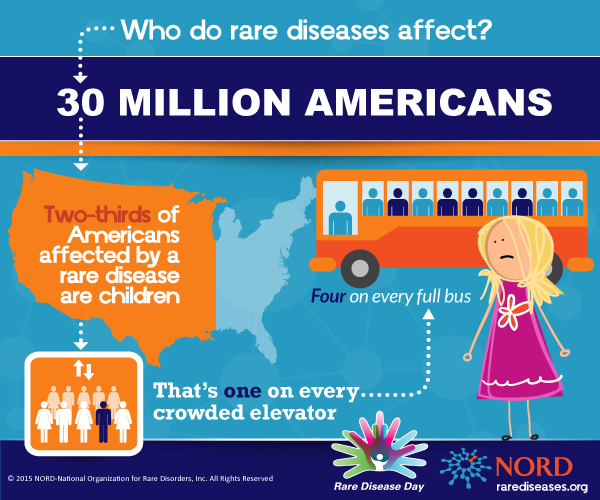
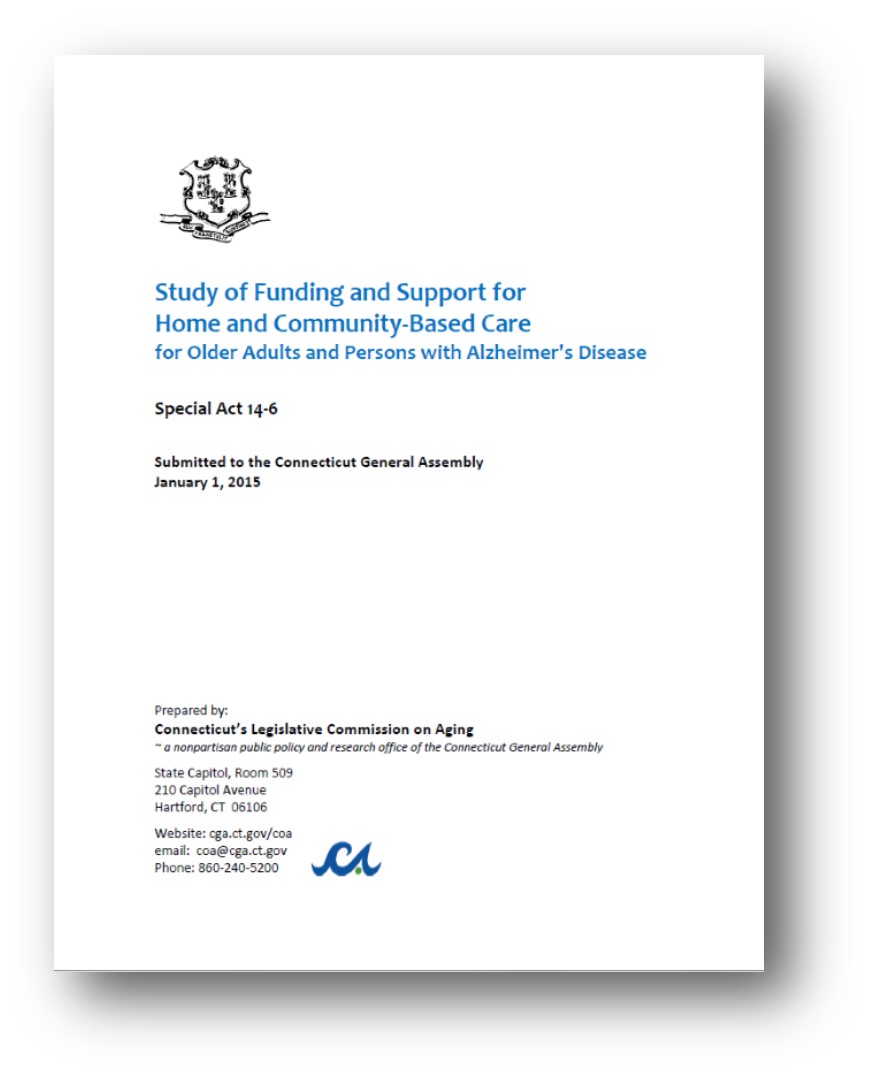


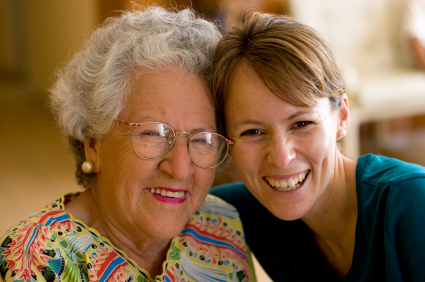 The report also suggests that policy makers “explore the possibility of incenting employer-based long-term care insurance coverage.” In 2009 almost 25,000 employers in the U.S. offered long-term care insurance to their employees – just 35 percent of the 7.5 million insurance policies in effect. In addition, the report encourages the Connecticut Congressional delegation to support a federal tax deduction for long-term care insurance, and urges policy makers to consider making reverse mortgages “a more viable option.”
The report also suggests that policy makers “explore the possibility of incenting employer-based long-term care insurance coverage.” In 2009 almost 25,000 employers in the U.S. offered long-term care insurance to their employees – just 35 percent of the 7.5 million insurance policies in effect. In addition, the report encourages the Connecticut Congressional delegation to support a federal tax deduction for long-term care insurance, and urges policy makers to consider making reverse mortgages “a more viable option.”
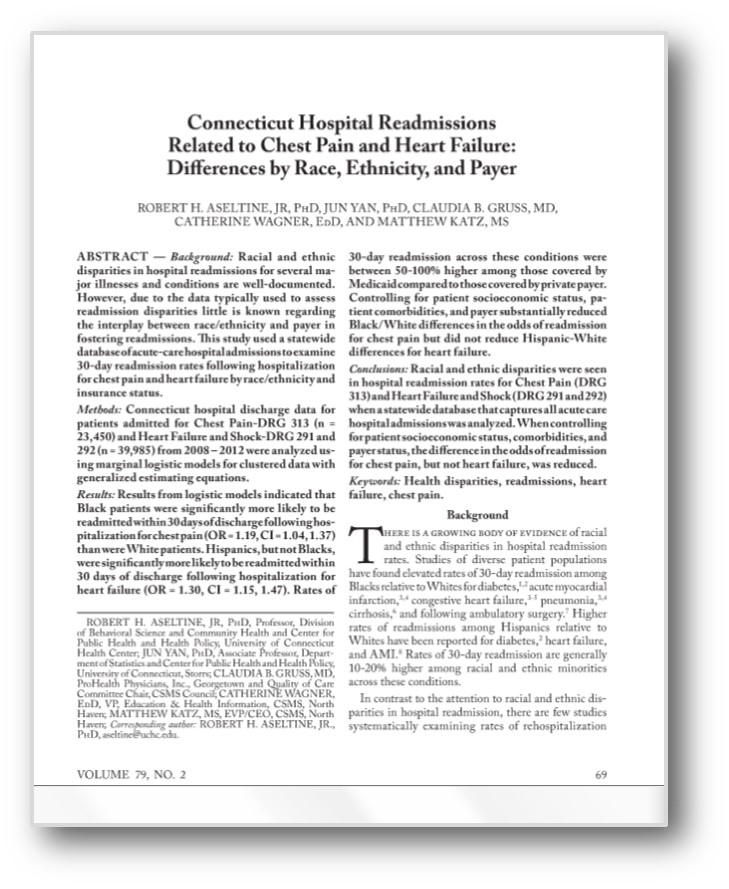
 The study also noted that “barriers to accessing community based care among Connecticut Medicaid beneficiaries are well-documented, often leaving such patients with few options other than hospital care for both urgent and non-urgent conditions.”
The study also noted that “barriers to accessing community based care among Connecticut Medicaid beneficiaries are well-documented, often leaving such patients with few options other than hospital care for both urgent and non-urgent conditions.”



























